Search results for: 'signaling pathways apoptosis p53'
-
 R2011 Human p53 circRNASummary: Circular RNA expressing human p53 protein
R2011 Human p53 circRNASummary: Circular RNA expressing human p53 protein -
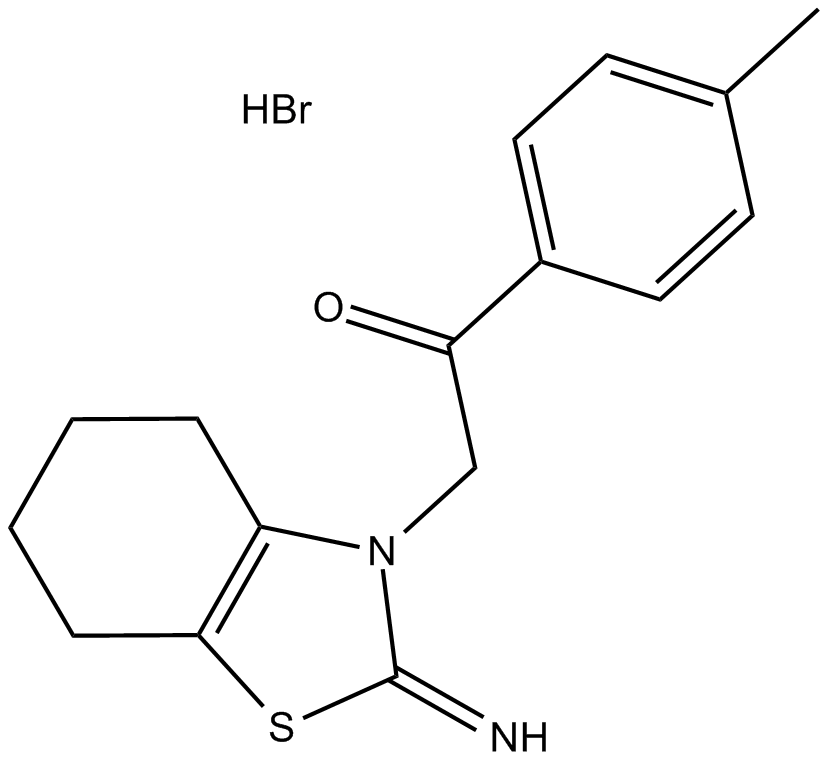 A4206 Pifithrin-α (PFTα)6 CitationTarget: p53Summary: p53 inhibitor
A4206 Pifithrin-α (PFTα)6 CitationTarget: p53Summary: p53 inhibitor -
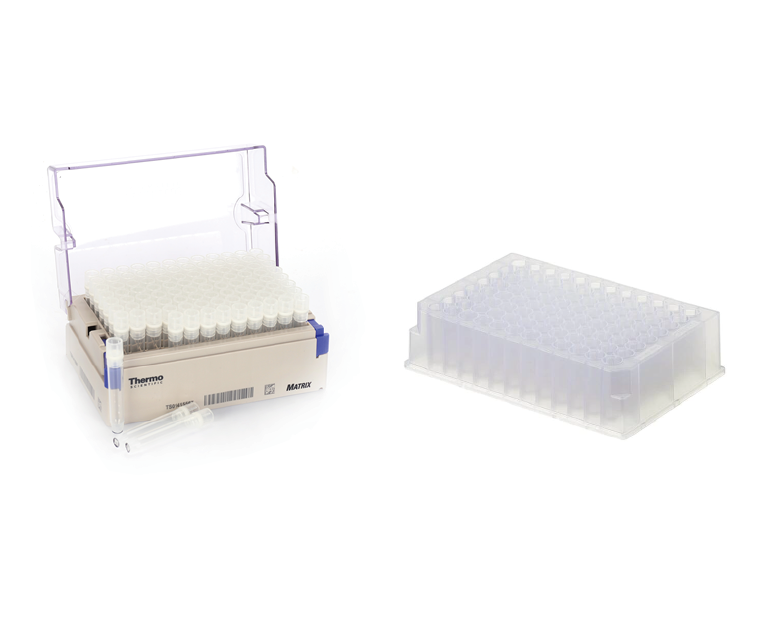 L1044 DiscoveryProbe™ NF-κB Signaling LibrarySummary: A unique collection of 73 NF-κB inhibitors for NF-κB signaling pathway research.
L1044 DiscoveryProbe™ NF-κB Signaling LibrarySummary: A unique collection of 73 NF-κB inhibitors for NF-κB signaling pathway research. -
 L1026 DiscoveryProbe™ Neuronal Signaling Library1 CitationSummary: A unique collection of 556 neuronal signaling-related small molecules for neuroscience reasearch.
L1026 DiscoveryProbe™ Neuronal Signaling Library1 CitationSummary: A unique collection of 556 neuronal signaling-related small molecules for neuroscience reasearch. -
 A1083 p53 tumor suppressor fragmentSummary: Regulates cell cycle
A1083 p53 tumor suppressor fragmentSummary: Regulates cell cycle -
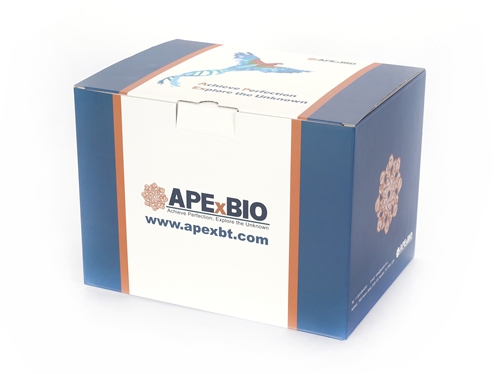 K2711 Apoptosis Inducer KitSummary: A ready-to-use apoptosis inducer reagent, which consists of recombinant human TNF-α and SM-164
K2711 Apoptosis Inducer KitSummary: A ready-to-use apoptosis inducer reagent, which consists of recombinant human TNF-α and SM-164 -
 A4016 Apoptosis Activator 2Summary: Indoledione caspase activator, cell-permeable
A4016 Apoptosis Activator 2Summary: Indoledione caspase activator, cell-permeable -
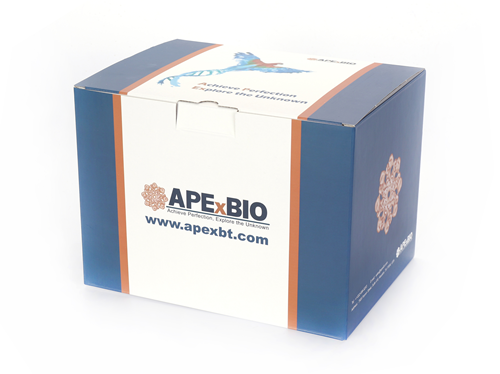 R1032 EZ Cap™ Mouse p53 mRNASummary: Mouse p53 mRNA with Cap 1 structure, providing high transcriptional efficiency
R1032 EZ Cap™ Mouse p53 mRNASummary: Mouse p53 mRNA with Cap 1 structure, providing high transcriptional efficiency -
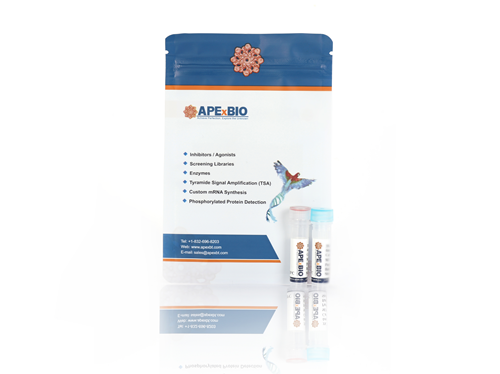 R1023 EZ Cap™ Human p53 mRNASummary: Human p53 mRNA with Cap 1 structure, providing higher transcription efficiency and enhanced stability.
R1023 EZ Cap™ Human p53 mRNASummary: Human p53 mRNA with Cap 1 structure, providing higher transcription efficiency and enhanced stability. -
 L1044P DiscoveryProbe™ NF-κB Signaling Compound Library PlusSummary: A unique collection of 178 NF-κB inhibitors for NF-κB signaling pathway research.
L1044P DiscoveryProbe™ NF-κB Signaling Compound Library PlusSummary: A unique collection of 178 NF-κB inhibitors for NF-κB signaling pathway research.


